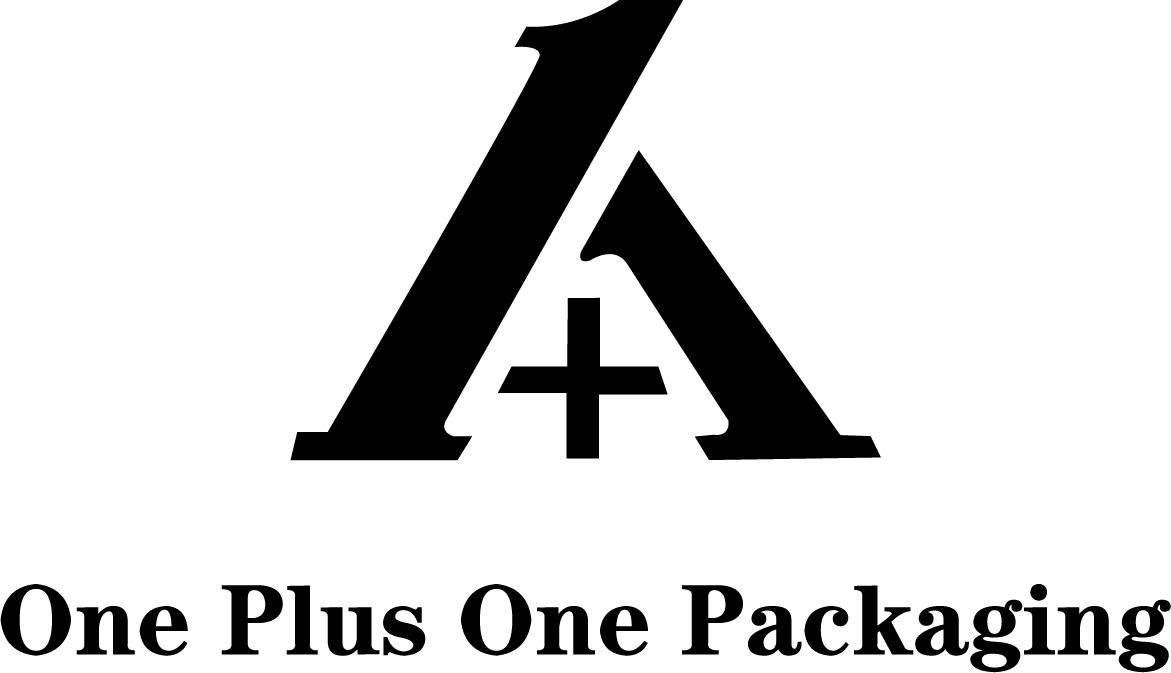In the modern world of business, packaging assembly is becoming a vital area of concern for many companies looking to streamline their operations. With the right approaches, companies can improve efficiency and cut down costs. This article focuses on innovative technologies, industry trends, and best practices that can help modern businesses by looking at packaging assembly in a more streamlined, efficient, and cost-effective manner.
Defining Packaging Assembly
In the simplest terms, the finishing touch a company adds to a product is packaging assembly and integrates the assembly of the items to be packed. This consists of product assembly, strategic design of packaging, and quality assurance audits. Timely and accurate delivery of products requires the efficient handling of packaging assembly processes and practices. With a focus on efficient operations, companies can minimize waste, reduce labor spending, and maximize productivity.
New Trends in Technology in Packaging Assembly
The introduction of new technologies has transformed the packaging assembly sector. Industries integrating robotics and automation technologies are streamlining processes and reducing the need for manual labor. For example, automated packaging machines enhance the agility and efficiency of the assembly line by accurately and rapidly packing products. Furthermore, the inventory and production software systems automate and update in real time, providing companies with instantaneous information, which advances decision-making and response time in agile environments.
Assembling Packages Efficiently and Economically
As noted above, the implementing of new prior practices is vital in defining the cost line in packaging assembly. Efficient cost-cutting methods concentrate on performing the complete assembly line audit, which pinpoints the line's structural bottlenecks. Incorporation of Lean Manufacturing systems aids greatly in the minimization of waste and an overall increasing in productivity. In addition, the cost of corporate shipping is greatly decreased by the effective use of sophisticated packaging systems built to prevent the various forms of damages. Assembly training, though often overlooked, requires a fundamental understanding of ergonomics, which leads to the improvement in overall efficiency.
Sustainability in Packaging Assembly
The shift towards more eco-conscious packaging techniques stems from growing consumer interest in environmental issues. Adopting environmentally friendly materials and processes is now a priority for many companies. Besides catering to eco-conscious buyers, such practices may have long term economic benefits. Companies, for instance, can save on disposal fees by using recyclable materials and on shipping by optimizing package dimensions. While embracing such practices, companies must understand that this is not merely a fad, but a vital requirement if they wish to remain competitive in the market.
Shaping the Trends of the Assembly Packaging Industry
The trends have driven the growth of the packaging assembly industry. The rise of e-commerce has triggered the need for new and improved packaging that can endure shipping and handling. In addition to that, there is a growing demand for personalized packaging that caters to the unique needs of each consumer. Companies are now creating more efficient flexible packaging that allows customization. The constant growth in technology also means that new solutions such as artificial intelligence and machine learning will soon be adopted by the assembly packaging processes to improve productivity and reduce costs.
In summary, businesses focused on operational performance must prioritize effective and economical strategies in packaging assembly. In a competitive environment, harnessing new technologies and innovation, best practice adoption, proactive sustainability, and attentive industry monitoring sets companies up for success. There is much focus on the evolution in the packaging assembly industry, and those who adapt the fastest stand to benefit the most in terms of efficiency and cost savings.

